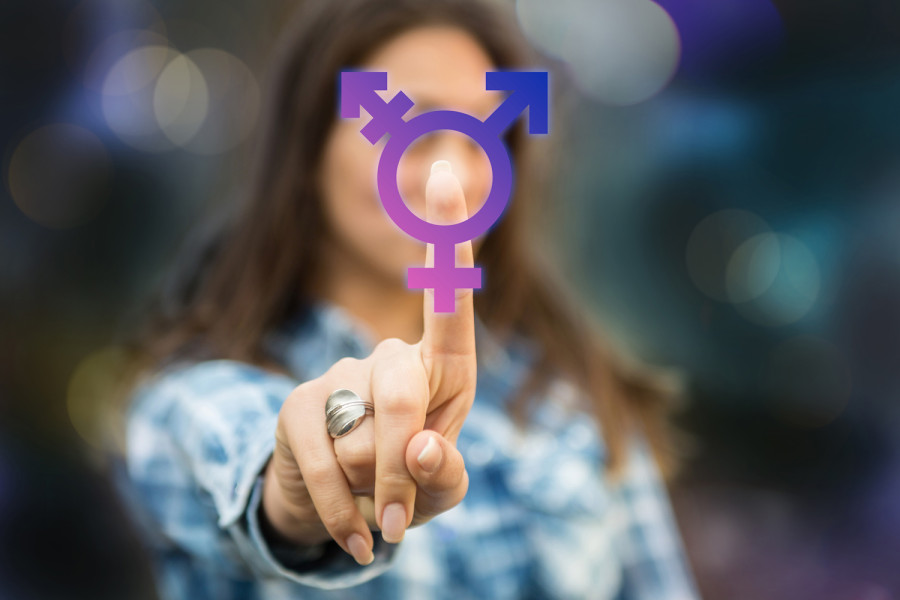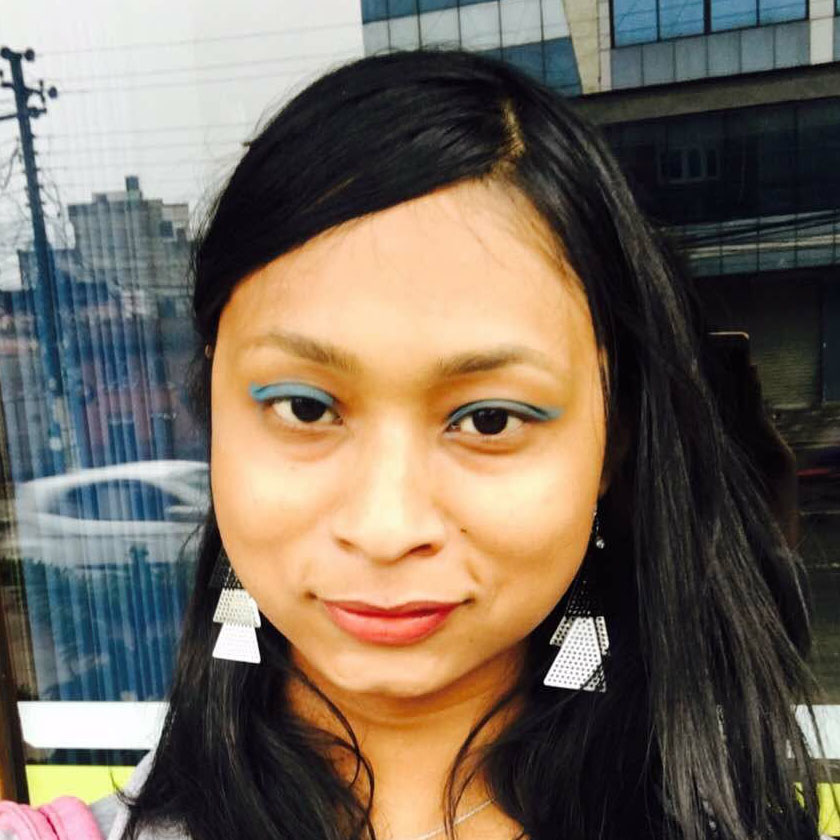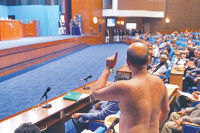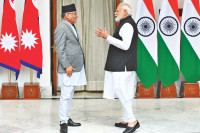Special Supplement
The erasure of transwomen
Though #MeTooNepal has provided a long-overdue platform for women to discuss issues about sexual assault, harassment, and rape, it is also important to address its caveats: It is largely shaped by cis-narratives.
Rukshana Kapali
Though #MeTooNepal has provided a long-overdue platform for women to discuss issues about sexual assault, harassment, and rape, it is also important to address its caveats: It is largely shaped by cis-narratives. LGBT voices continue to remain at the peripheries of these discussions—despite the fact that violence and contempt continue to shape the day-to-day experiences of many who identify within the ‘womanhood’ spectrum.
This points to a glaring concern: Gender continues to be viewed in the form of the ‘male’ and ‘female’ binary by much of society. ‘Womanhood’ is rarely described as a spectrum and women’s empowerment is largely associated with cis women. And because of these unchanging social paradigms, we continue to view ‘gender equality’ through a ‘male’ and ‘female’ binary. People who are assigned female at birth and identify as a woman throughout their life are the only people who are considered ‘women’, which contributes to the largely heteronormative social structure that continues to govern much of the world. The definition of what it means to be a ‘woman’ has ultimately excluded transwomen (those who were assigned male at birth but who identify as a woman).
This limited view of equality is written into legislation. For example, the ‘Gender Equality Act of Nepal’ does not extend protections against sexual harassment, abuse, and rape towards LGBT identities. The act is riddled with words such as ‘son and daughter’ and ‘father and mother’ but these terms largely refer to cisgender heterosexual man and woman identities.
A major contributing factor in the exclusion of trans women from discussions about women empowerment is the continued propagation of the misguided idea that all transwomen are ‘third genders’. The idea of being a third gender and the idea of being a transgender, are two completely different concepts. However, these misguided ideas are often a product of confusion over the differences between sex and gender. The fact that these misconceptions still exist point to the gap between legislation and social realities.
#TransExclusionistTU
For cis-folk, wearing clothing according to how they identify is not even considered something worth pondering. But for transwomen, this can lead to unimaginable trauma, stigma and social erasure. During a family gathering for my grandfather’s birthday, I entered the celebration in women’s clothing (in other words, I dressed up as myself). I remember suddenly being shrouded in negativity: People heralded abusive remarks such as ‘What kind of joke is this?...Surely this person has gone crazy!’ As I recounted in an interview to the Record Nepal, one of my relatives even suggested that I should be tied and locked in a room ‘until my senses returned’. I was only fourteen.
Despite the political changes that have (supposedly) led to more inclusivity throughout the years, my identity as a transwoman has continually been denied by major institutions. Nepal is often internationally acclaimed for being ‘LGBT-friendly’ and while important steps forward have been made, it is also important to recognise that new legislation isn’t as empowering as media narratives project them to be. What good is legislation if they struggle to inch beyond paper?
The continued denial of my identity has led to my #TransExclusionistTU campaign, which began as I shared my story of not being accepted in Tribhuvan University for being trans. Though I had joined Bachelor in Arts program in Sociology and Linguistics at Tri-Chandra Multiple Campus, I was denied registration by Tribhuvan University—which claimed that there were ‘no provisions to admit transgender people.’ I coined the hashtag and shared it within my social networks so that people could extend solidarity online. I did not want this issue to be limited to me; rather, I wanted my experiences to address the policy level gap and change these oversights for everyone else like me.
Throughout the process of appealing for TU to accept my identity as a transwoman and change my papers according to how I identify, I have had to continually confront cisnormative ideas. Demonstrating a peak in gender insensitivity, officials at TU even threw unwarranted parallels about my intentions, ultimately trivialising what I was fighting for. For example, during one meeting, they began discussing Ram, a cisgender student, and his attempt to register as Shyam. I remember asserting, ‘This isn’t a case of Ram being Shyam, I am a transgender person—this is much more than that.’
Beyond the fact that I would like my university to recognise me for who I am, my struggle lies in the hopes that transwomen are not pushed to the fringes. It is important for everyone to understand the different and ongoing challenges faced by transgender people due to state mechanisms and policies. People can point to important changes: We were given legal recognition by the Supreme Court in 2007. In 2015, the new constitution of Nepal guaranteed constitutional protection against discrimination based on gender identity and sexual orientation. But here I am facing the (supposedly removed) institutional discrimination at one of the largest public universities in the country. It is clear that we have a long way to go if government-funded educational institutions do not recognise a trans person and effectively excludes them from acquiring higher education.
Before these incremental changes can be institutionalised, Nepali society must help enable some key prerequisites by confronting and challenging the gender binary. Social constructions of ‘womanhood’ need to include all women—including those who identify within the womanhood spectrum. And most importantly, gender equality must account for genders across the spectrum.
Rukshana Kapali is a transgender woman, activist, blogger and part of Queer Youth Group Nepal.




 13.12°C Kathmandu
13.12°C Kathmandu










